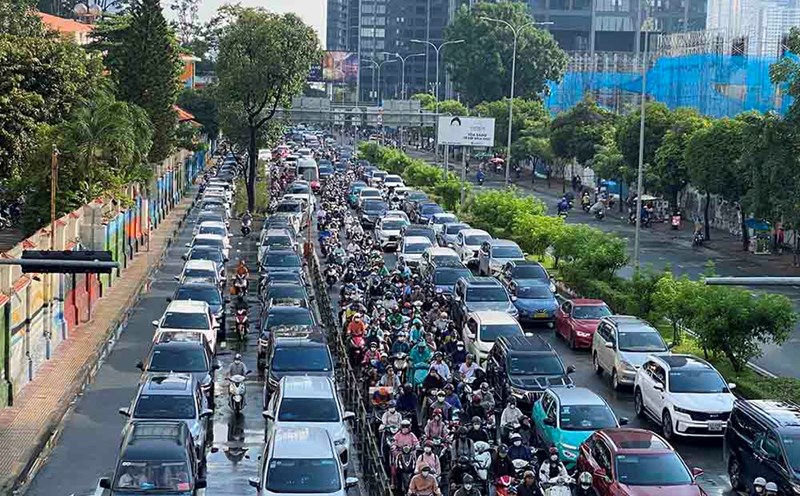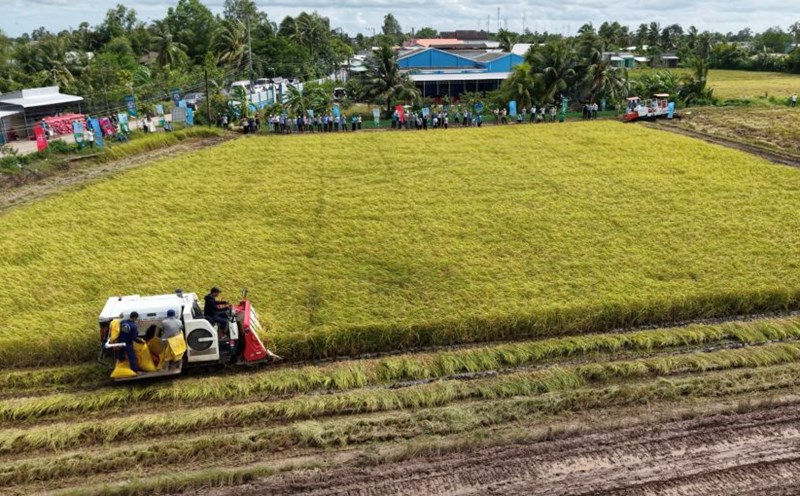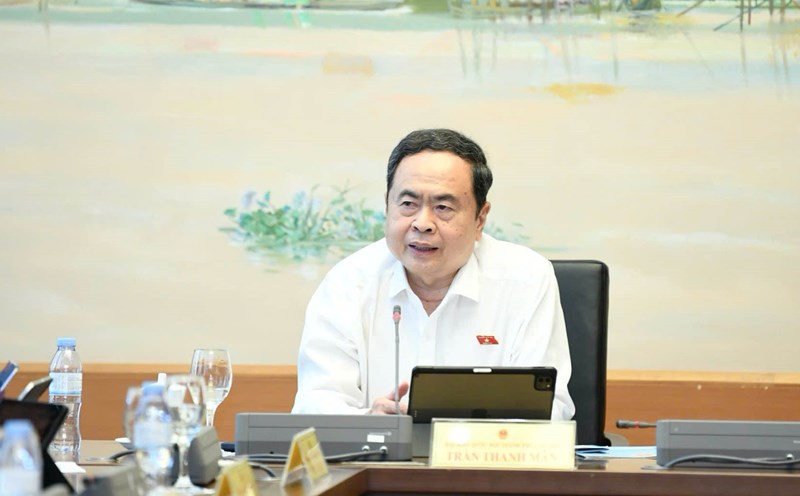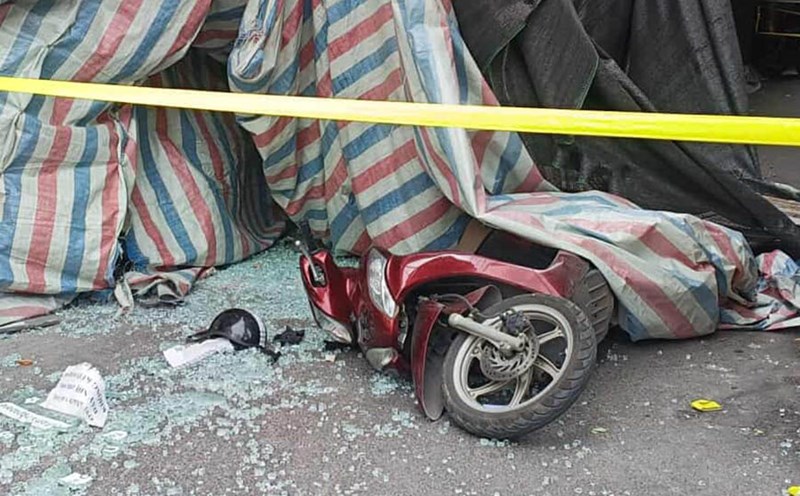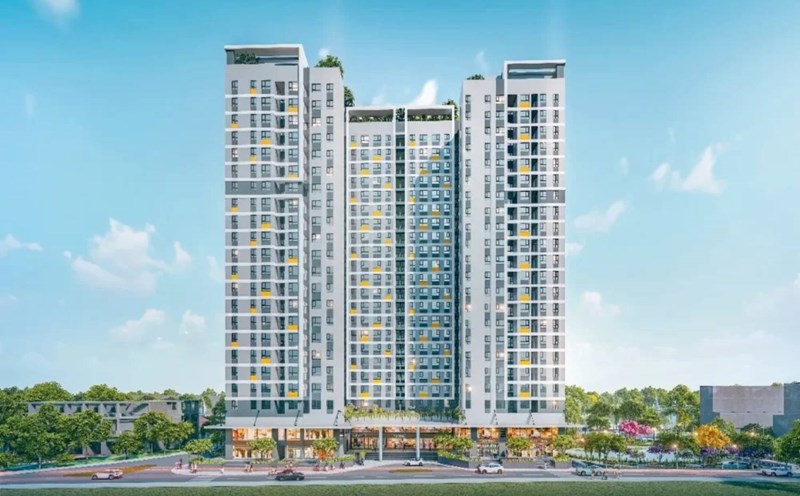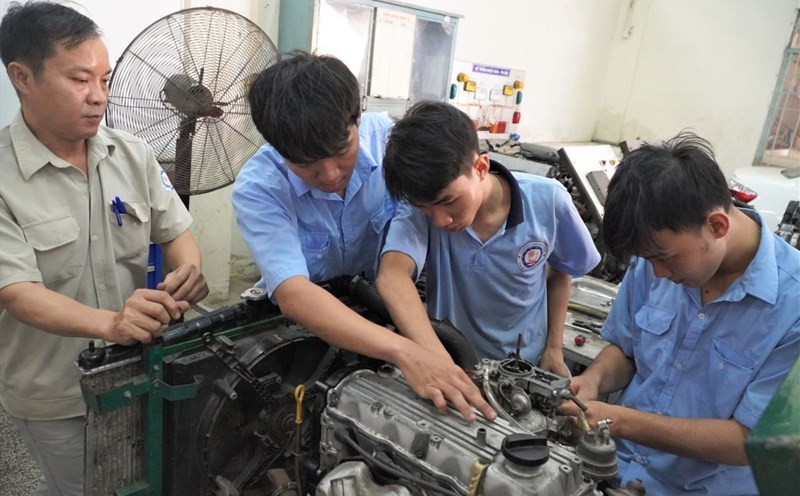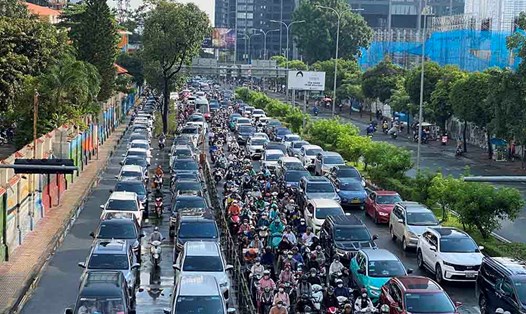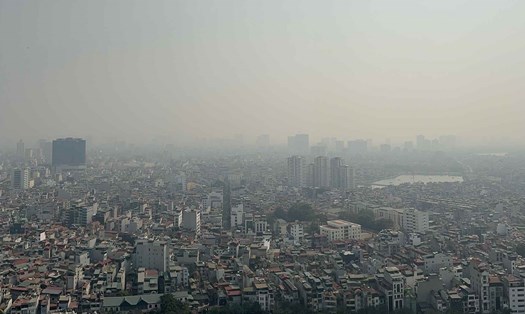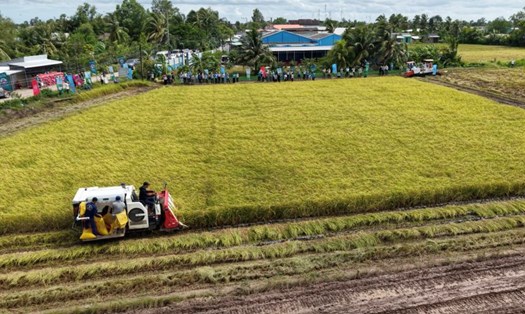In his opening speech, Deputy Minister Hoang Trung emphasized that the project was issued at the right time, meeting the requirements of sustainable development of the agricultural sector in the context of climate change and deep integration into the international market. The main goal of the project is to both ensure growth in productivity and value, and reduce greenhouse gas emissions, towards a green, circular economy.
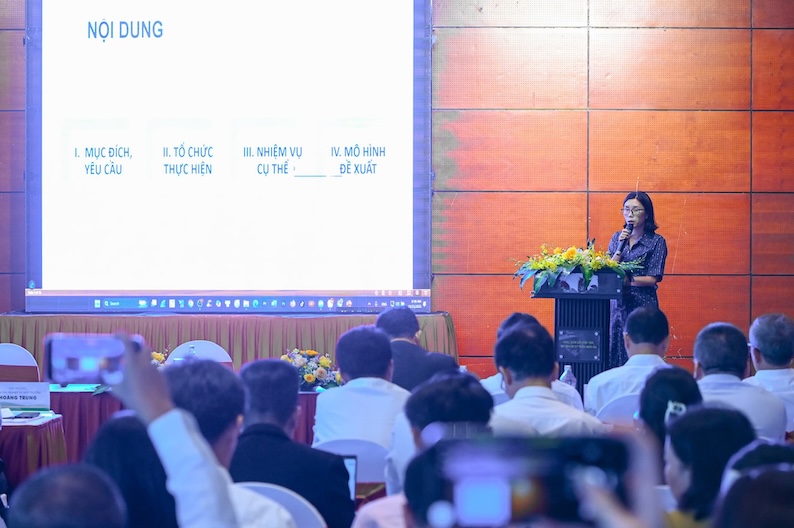
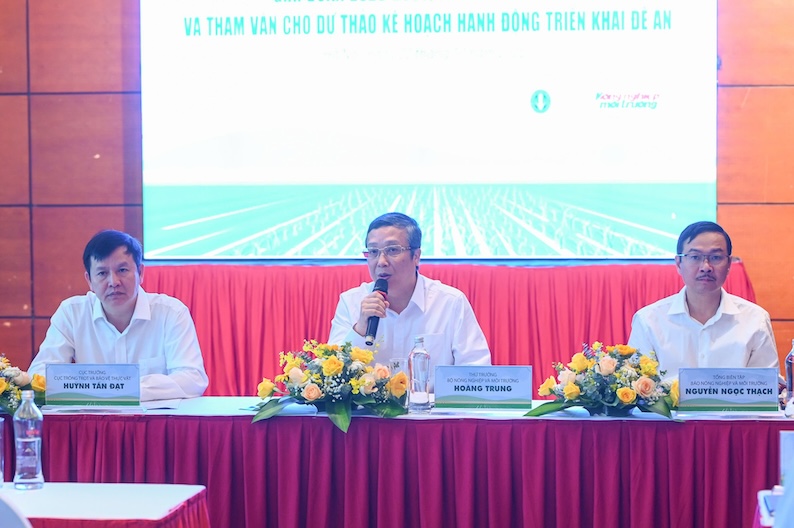
Mr. Huynh Tan Dat - Director of the Department of Crop Production and Plant Protection (Ministry of Agriculture and Environment) said: "The project is an important legal basis for the agricultural and plant protection sector to synchronously deploy goals and tasks in the 2025-2030 period, with a vision to 2050".
Regarding the Project's goals, by 2050, 100% of the main crops will apply the agricultural technical process in the direction of reducing emissions. In addition, build a digital database on emissions in cultivation, integrated with the national monitoring system; build and popularize the "Low Emission" brand for key agricultural product industries.
"The agricultural sector aims to contribute to reducing at least 15% of greenhouse gas emissions by 2035 compared to the base year of 2020," Director Huynh Tan Dat emphasized.
Presenting the draft Action Plan to implement the Project " Production reduction of emissions in the agricultural sector for the period 2025-2035, vision to 2050", Ms. Nguyen Thi Thu Huong, Deputy Director of the Department of Crop Production and Plant Protection, said: The action plan clearly defines the content of work, deadline, progress and responsibilities of each agency and unit in organizing implementation, ensuring consistency, timeliness and unity.
According to the representative of the Department of Crop Production and Plant Protection, the Plan proposes to deploy 59 models in 34 provinces and cities, including low-emission rice farming models, rice - fish/shrimp models; rice - corn/losed, corn, cassava, vegetables, perennial plants (cigar, coffee, pepper, cashew, orange, grapefruit, durian, longan, Chinese, fabric, etc.), along with the combined forestry model, circular agriculture, waste reuse, biological coal production, converting 2 rice fields to dry crops.
Each province plans to build 1-3 models suitable to local characteristics, with high potential for emission reduction and specific emission reduction measures for each production type.
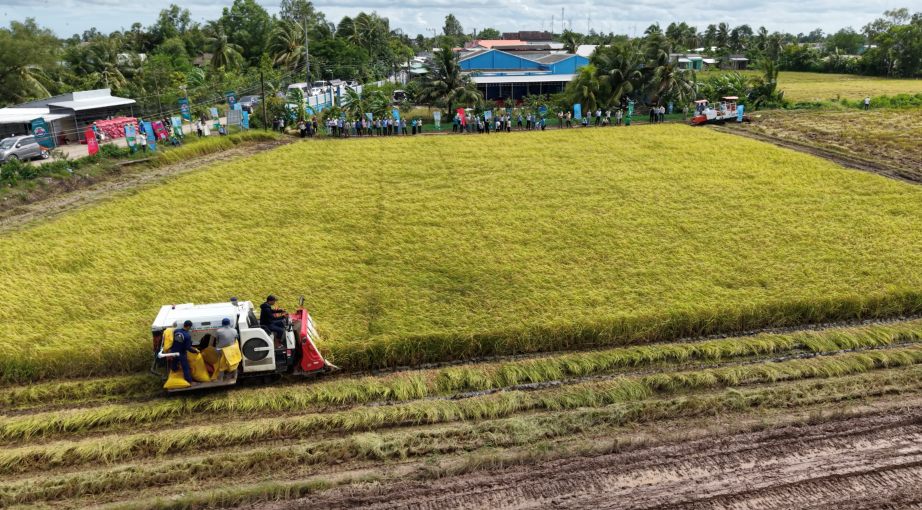
Sharing about the draft action plan to implement the goal of reducing emissions in cultivation, Mr. Nguyen Manh Phuong, Deputy Director of the Hanoi Department of Agriculture and Environment, said that Hanoi has developed a training, coaching and technical transfer plan for key agricultural areas, instructing farmers to apply the process of cultivating to save water and fertilizers, limit the use of pesticides and greenhouse gas emissions.
One of the outstanding achievements is that many rice areas in Hanoi have applied the improved SRI farming method, helping to reduce the amount of seeds, irrigation water and fertilizers but still increase productivity. In many areas, people have proactively switched to organic production, not using pesticides, contributing to building a greener and safer agricultural image of the capital.

